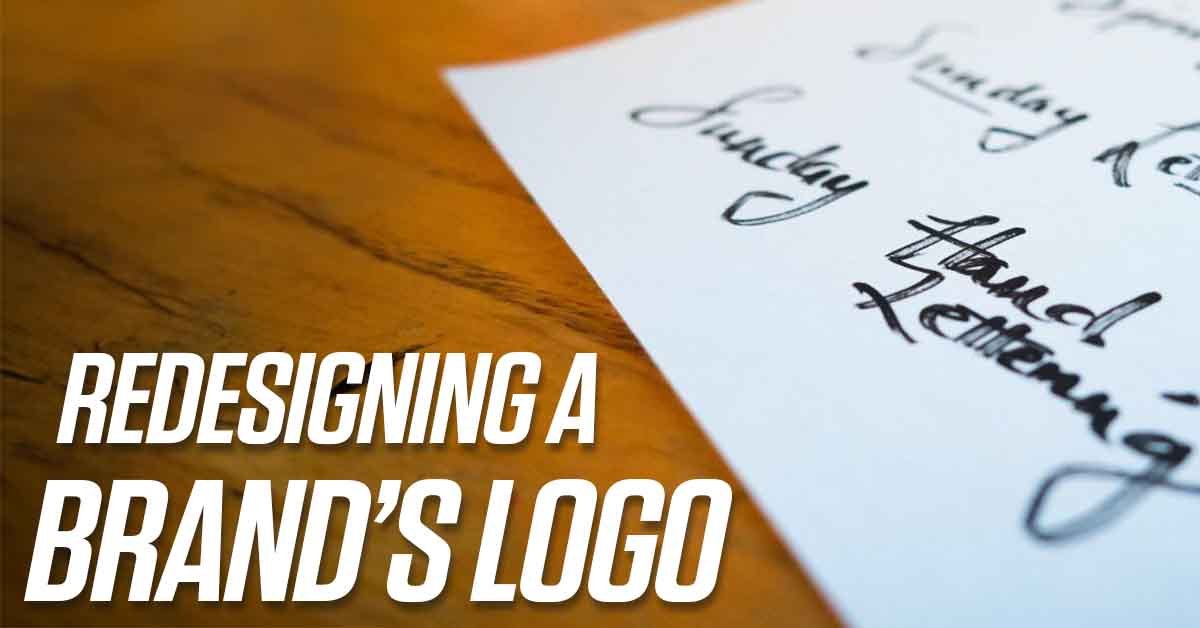Redesigning a brand’s logo is a significant undertaking that can profoundly impact the company’s identity and market perception. This case study delves into the process of redesigning a popular brand’s logo, highlighting the challenges, strategies, and outcomes. We’ll explore the step-by-step journey of revitalizing the brand’s visual identity while maintaining its core values.
Introduction to Logo Redesign
A logo redesign isn’t just about changing the aesthetics; it’s about reflecting the brand’s evolution, vision, and connection with its audience. An effective logo redesign can rejuvenate a brand, making it relevant and engaging in a constantly changing market.
Why Redesign a Logo?
- Modernization: Updating an outdated logo to align with contemporary design trends.
- Rebranding: Reflecting changes in brand strategy, mission, or vision.
- Market Expansion: Appealing to new demographics or markets.
- Simplification: Streamlining complex logos for better scalability and recognition.
The Brand: XYZ Corp
For this case study, we’ll look at XYZ Corp, a well-established tech company known for its innovative software solutions. Their original logo, designed in the early 2000s, had become outdated and did not resonate well with newer audiences.
Step 1: Research and Analysis
Understanding the Brand
Before starting the redesign, it’s crucial to deeply understand the brand’s identity, values, and goals. This involves:
- Brand History: Understanding XYZ Corp’s journey, milestones, and legacy.
- Market Position: Analyzing the brand’s position in the market and its competitors.
- Target Audience: Identifying the demographics and psychographics of the brand’s audience.
- Current Logo Analysis: Evaluating the strengths and weaknesses of the current logo.
Competitor Analysis
Analyzing competitors’ logos helps identify industry trends and potential opportunities for differentiation. For XYZ Corp, we examined logos from leading tech companies to understand how they convey innovation and reliability.
Step 2: Concept Development
Brainstorming Sessions
Creative brainstorming sessions with the design team generated various ideas and concepts. Key considerations included:
- Simplicity: Ensuring the logo is clean and versatile.
- Symbolism: Incorporating elements that reflect the brand’s innovation and tech focus.
- Timelessness: Designing a logo that won’t quickly become outdated.
Sketching and Drafting
Initial sketches were created to explore different visual directions. This phase involved:
- Multiple Concepts: Developing a range of ideas from abstract symbols to typographic logos.
- Feedback Loop: Sharing sketches with stakeholders for feedback and refinement.
Step 3: Design Execution
Digital Rendering
Selected sketches were digitized using graphic design software. This step involved:
- Vector Design: Ensuring the logo is scalable without losing quality.
- Color Palette: Choosing colors that align with the brand’s identity and evoke the right emotions.
- Typography: Selecting or creating a font that complements the logo’s design.
Prototyping
Prototypes of the new logo were created to visualize how it would appear across different mediums:
- Business Cards: Checking readability and impact in small sizes.
- Website and Apps: Ensuring the logo works well on digital platforms.
- Merchandise: Testing the logo on promotional items like t-shirts and mugs.
Step 4: Testing and Feedback
Stakeholder Review
The redesigned logo was presented to key stakeholders, including company executives and marketing teams, for feedback. This involved:
- Presentation: Showcasing the logo in various contexts to demonstrate its versatility.
- Rationale: Explaining the design choices and how they align with the brand’s identity.
- Iterative Feedback: Making revisions based on stakeholder input to refine the design further.
Audience Testing
Before finalizing the logo, it was essential to gather feedback from the target audience. Methods included:
- Surveys and Focus Groups: Collecting opinions on different logo versions.
- A/B Testing: Comparing the old and new logos to see which resonates better with the audience.
Step 5: Finalization and Rollout
Final Adjustments
After incorporating feedback, the final logo design was polished and prepared for launch. This included:
- Final Tweaks: Making minor adjustments to ensure perfection.
- Guidelines Creation: Developing a brand style guide to ensure consistent use of the logo.
Launch Strategy
The rollout of the new logo involved a comprehensive marketing strategy to introduce the redesigned logo to the world:
- Teasers and Hints: Creating buzz with sneak peeks of the new logo.
- Press Release: Announcing the logo redesign and the reasons behind it.
- Social Media Campaign: Engaging with the audience through social media platforms to gather reactions and promote the new logo.
- Website Update: Refreshing the company’s online presence with the new logo.
Results and Impact
Market Reception
The redesigned logo received positive feedback from both stakeholders and customers. Key benefits included:
- Modern Appeal: The new logo successfully modernized XYZ Corp’s image, making it more appealing to younger audiences.
- Increased Recognition: Simplified design improved brand recognition across different mediums.
- Positive Brand Perception: Enhanced perceptions of XYZ Corp as an innovative and forward-thinking company.
Business Impact
Following the logo redesign, XYZ Corp experienced several positive outcomes:
- Increased Sales: A noticeable uptick in sales and customer engagement.
- Media Coverage: Positive media coverage highlighting the brand’s fresh look.
- Employee Morale: Boosted employee morale and pride in the company’s new identity.
Conclusion
Redesigning a popular brand’s logo is a complex but rewarding process that requires thorough research, creative exploration, and strategic implementation. For XYZ Corp, the logo redesign not only modernized their visual identity but also reinforced their position as a leading innovator in the tech industry. By following a structured approach, brands can successfully navigate the challenges of a logo redesign and achieve a refreshed, impactful identity.
Incorporate these strategies and insights when considering a logo redesign for your brand. Remember, a well-executed logo redesign can rejuvenate your brand, resonate with your audience, and drive business success.
